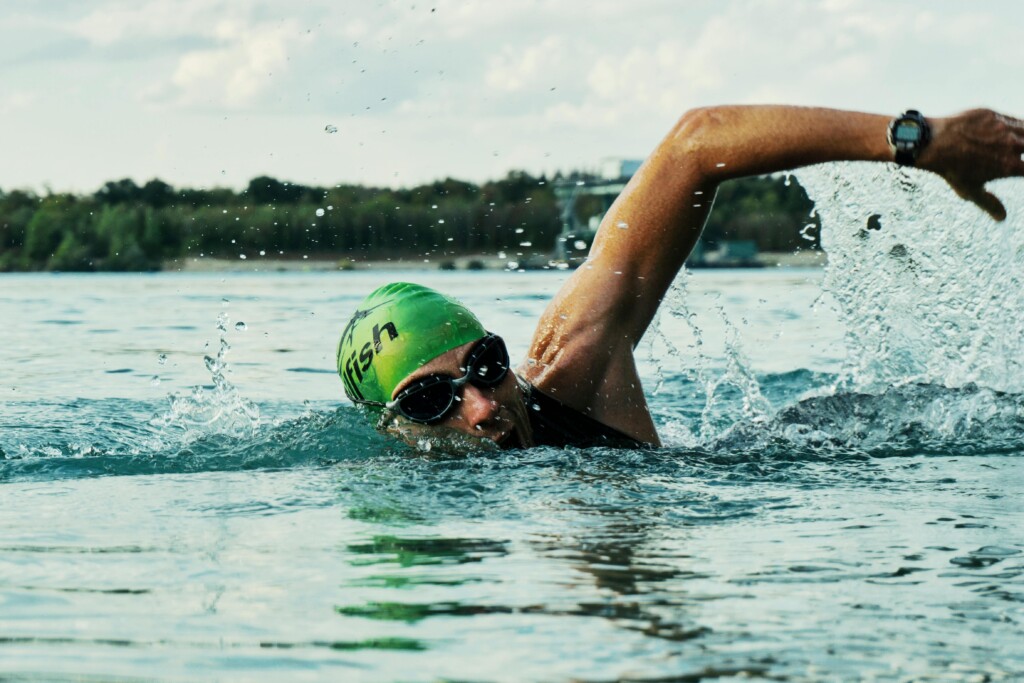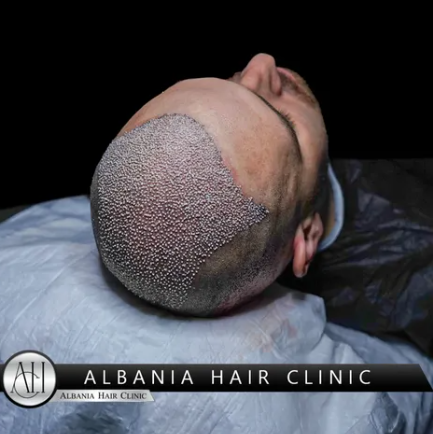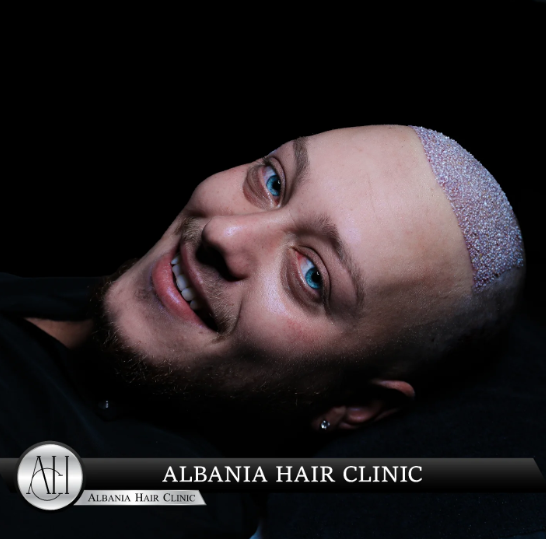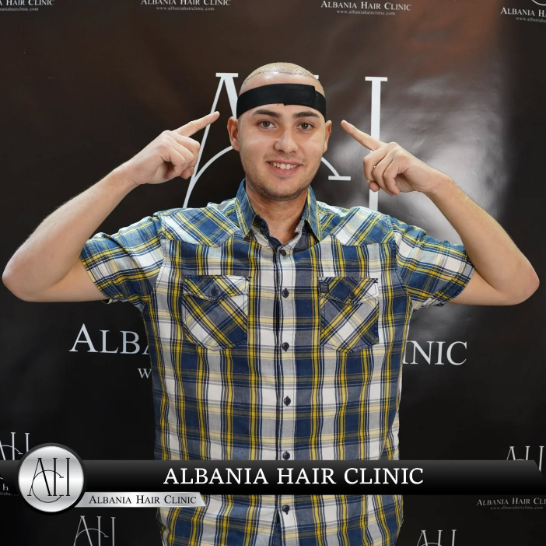Undergoing a hair transplant can be a life-changing experience, giving you a renewed sense of confidence and self-esteem. However, post-operative care is crucial to ensure the success of the procedure. One common question that arises is, “Can I go swimming after a hair transplant?” This blog will provide detailed insights into when and how you can safely return to swimming after your hair transplant surgery.
Table of Contents
ToggleWhy Avoid Swimming Immediately After a Hair Transplant
After a hair transplant, the newly transplanted hair follicles are extremely sensitive and vulnerable. It’s essential to give them time to settle and anchor themselves into the scalp. Swimming too soon can pose several risks, such as:
- Infection Risk: Swimming pools, hot tubs, and natural bodies of water like lakes and oceans can harbor bacteria and other microorganisms that could lead to infections.
- Chlorine and Salt Damage: The chemicals in swimming pools and the salt in seawater can irritate the scalp and potentially damage the new hair follicles.
- Physical Impact: Vigorous swimming or even submersion in water can dislodge the grafts, leading to poor results.
Recommended Waiting Period
Most hair transplant specialists recommend waiting at least 2-4 weeks before considering a return to swimming. However, the exact time frame can vary based on individual cases and the specifics of the surgery performed. Always follow your surgeon’s specific post-operative instructions.
Gradual Return to Swimming
When your surgeon gives you the green light to resume swimming, it’s important to do so gradually:
- Start Slowly: Begin with gentle swimming sessions. Avoid vigorous activities that may jostle your scalp.
- Protect Your Scalp: Wear a swimming cap to provide an extra layer of protection against chlorinated or salty water.
- Cleanse After Swimming: Rinse your scalp thoroughly with clean water immediately after swimming to remove any potentially harmful substances.
Special Considerations for Saltwater and Chlorinated Pools
- Saltwater Pools: While saltwater pools are generally less harsh than chlorinated pools, it’s still important to take precautions. Rinse off the salt immediately after swimming.
- Chlorinated Pools: Chlorine can be particularly harsh on sensitive, healing skin. Be diligent about rinsing your scalp and consider using a specialized shampoo recommended by your surgeon.
Monitoring Your Scalp
Keep an eye on your scalp for any signs of infection or irritation after swimming. Redness, swelling, or unusual discomfort should prompt a visit to your doctor to ensure everything is healing properly.
Swimming is a fantastic way to stay fit and relax, but after a hair transplant, it’s important to prioritize the healing process. By waiting the appropriate amount of time and taking necessary precautions, you can enjoy swimming without compromising your hair transplant results. Always consult with your hair transplant surgeon for personalized advice and follow their recommendations closely.






